The road to observability demo part 3: Collect, instrument, and analyze telemetry data automatically with Dynatrace
Dynatrace
MAY 17, 2023
Making applications observable—relying on metrics, logs, and traces to understand what software is doing and how it’s performing—has become increasingly important as workloads are shifting to multicloud environments. We also introduced our demo app and explained how to define the metrics and traces it uses.








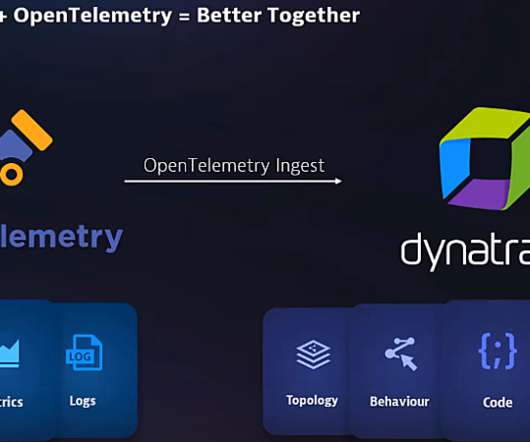

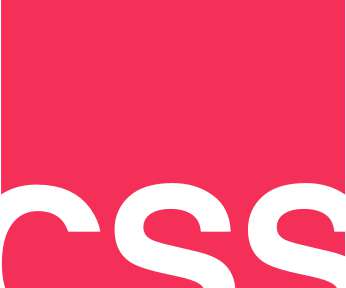
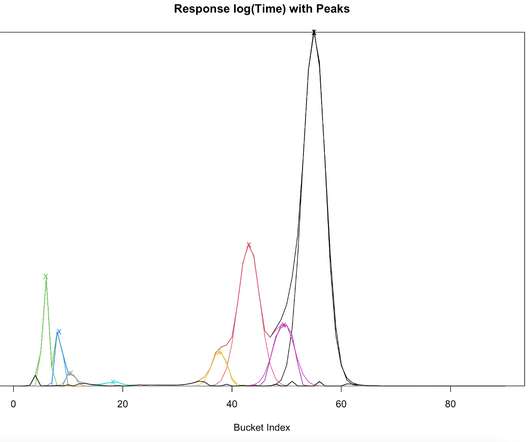
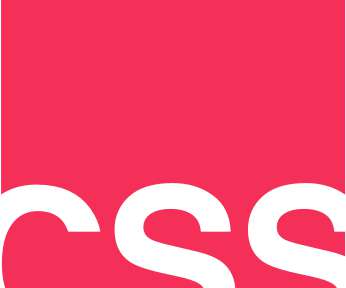
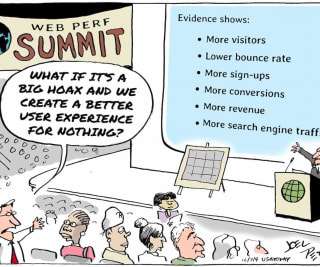


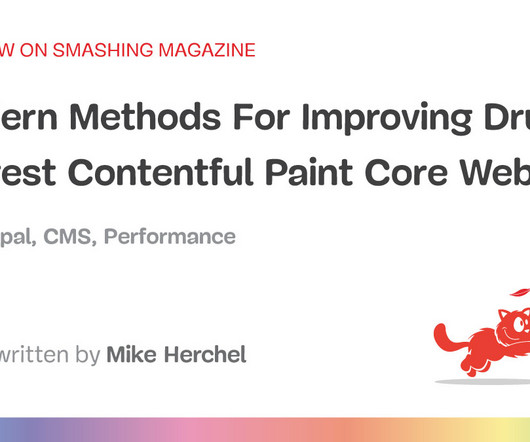


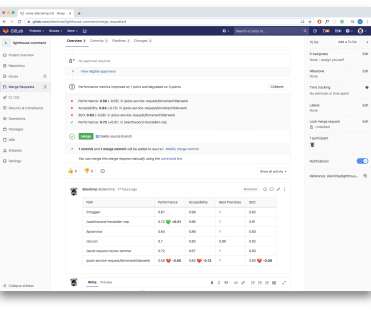








Let's personalize your content